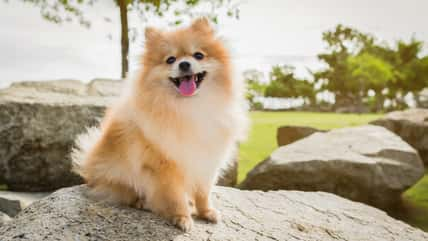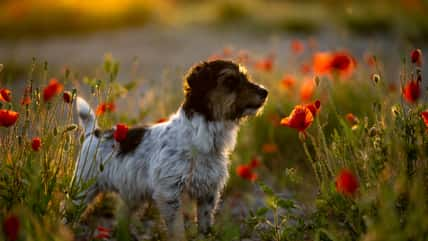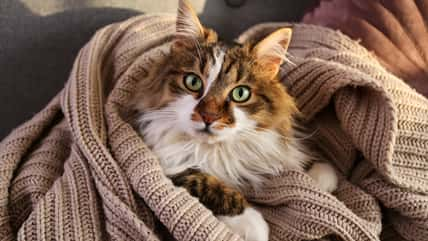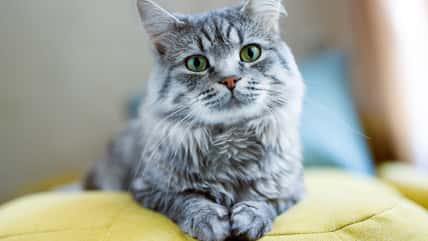7 Strange Birds That Seem Like They’re From Another Planet
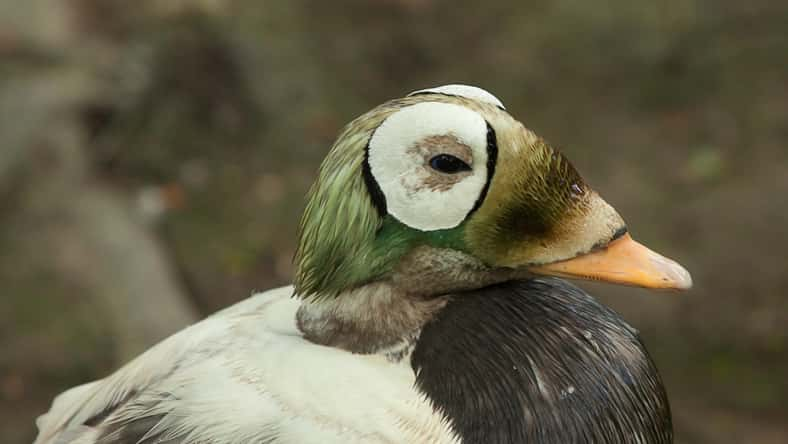
There Are Some Bizarre Birds Out There
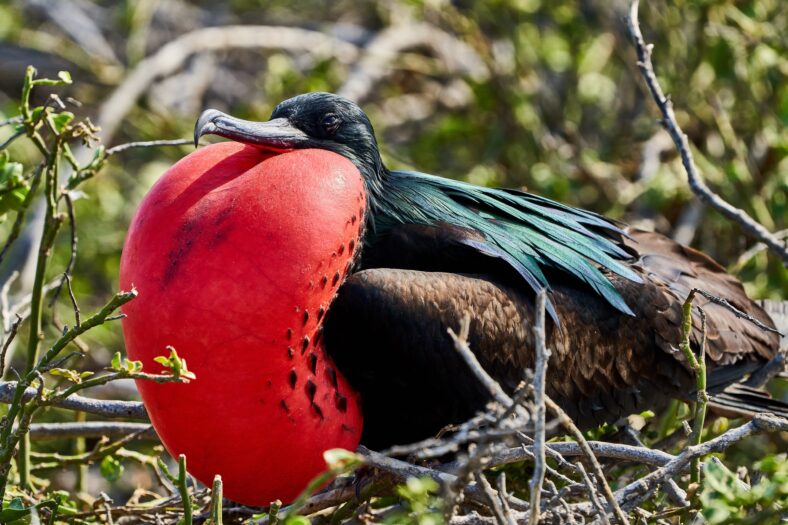
The avian world is home to some seriously strange characters that will make you do a double-take. Some of them sport bizarre-looking hairstyles and issue haunting laughs that almost don’t sound like a creature from planet Earth. At least they’re not as scary as their ancestors!
Here Are 7 Strange And Extraordinary Birds
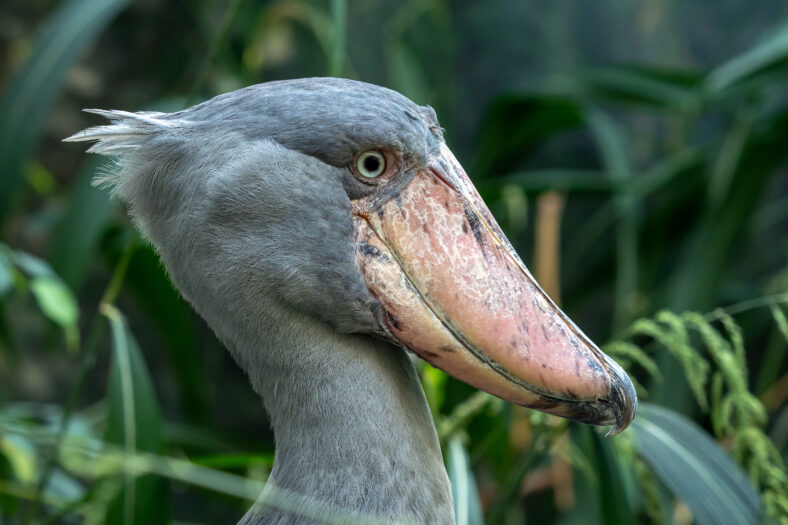
These feathered oddballs are not your average pigeons or robins. They defy logic and make even flamingos look super basic.
Nature definitely has a weird sense of humor. Here are seven extraordinary birds that will make your eyes bulge out of your head, whether you’re a casual birdwatcher or an ornithology nerd.
1. Marabou Stork
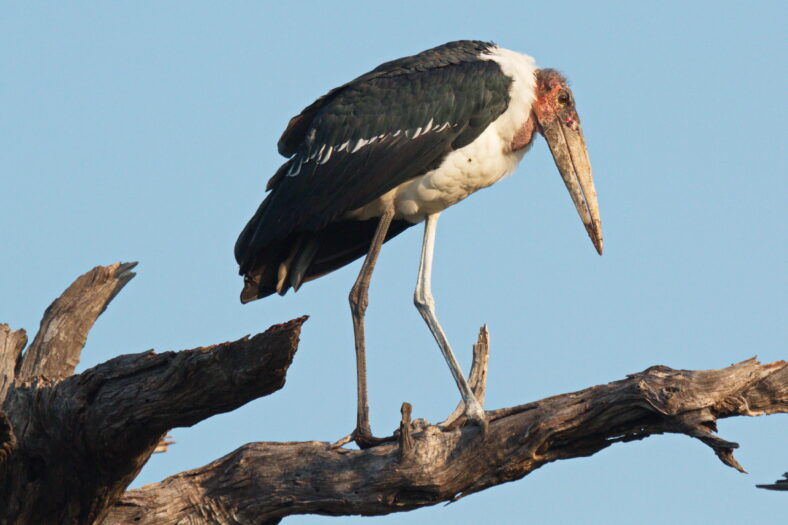
The marabou stork is a large wading bird that breeds in both wet and arid habitats near human-occupied sites. The storks are five feet tall, with a wingspan of more than 8.5 feet.
They honestly look grotesque with their bald heads and large air sacs that hang from male birds’ necks. The air sacs are red pouches that males use to make loud, croaking sounds and attract mates.
2. Magnificent Frigatebird
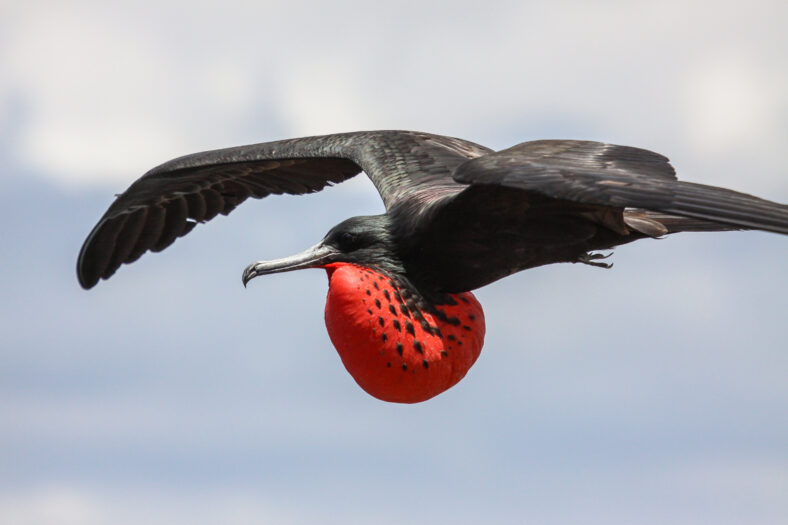
These seabirds have giant beaks, long tails, and narrow, angular wings. All adult male magnificent frigatebirds have large, bright red gular pouches that take up much of their bodies. They are known for making other birds regurgitate their food to feast on it for themselves.
3. Shoebill Stork
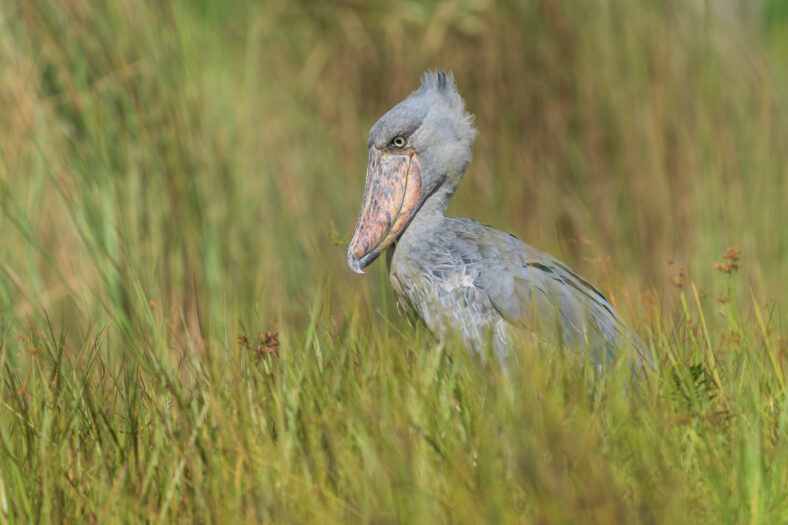
The shoebill stork’s name comes from the fact that its enormous bill is shaped like a wooden clog. It looks like it belongs in prehistoric times and would be terrifying to see in person.
The storks’ strong jaw muscles and tough bills help them dismember their prey easily. It dines on fish and occasionally, reptiles, amphibians, and other birds.
4. Ribbon-Tailed Astrapia
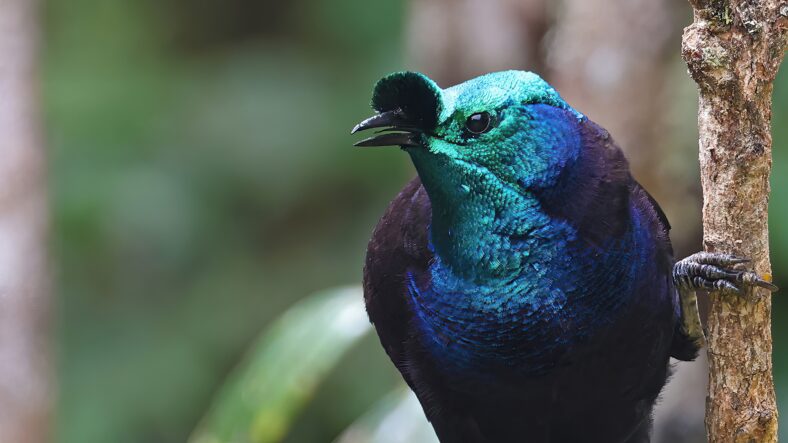
A species of bird-of-paradise, the ribbon-tailed astrapia, is native to New Guinea. It has green and blue plumage around its head and an ornamental tail that is three feet long.
Only males have the tail feathers as a way to impress female birds. Sometimes, they can trip over their own tails.
5. Hoatzin
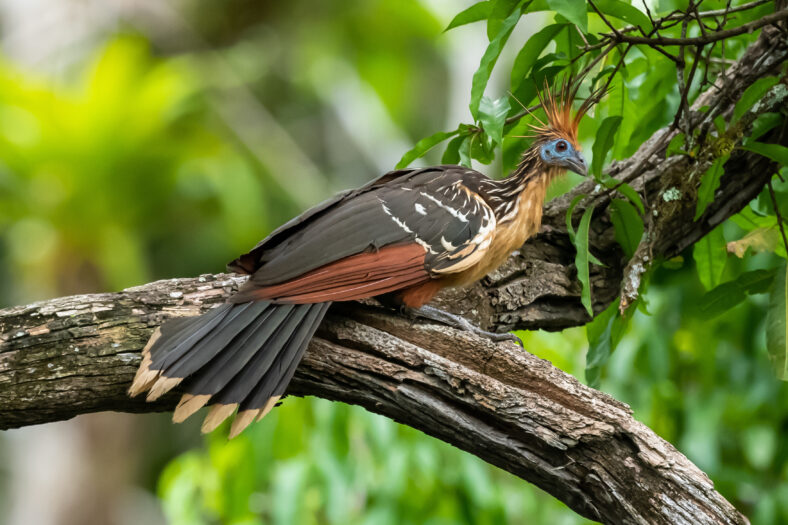
The hoatzin is a species of tropical bird that is best known for its distinctive smell. The bird is an herbivore and digests leaves and plant matter like a cow, leading to a foul odor that has earned it the nickname “skunk bird.”
The smell repels predators, including humans. Young hoatzins also have claws on their wings to help them climb.
6. Golden Pheasant
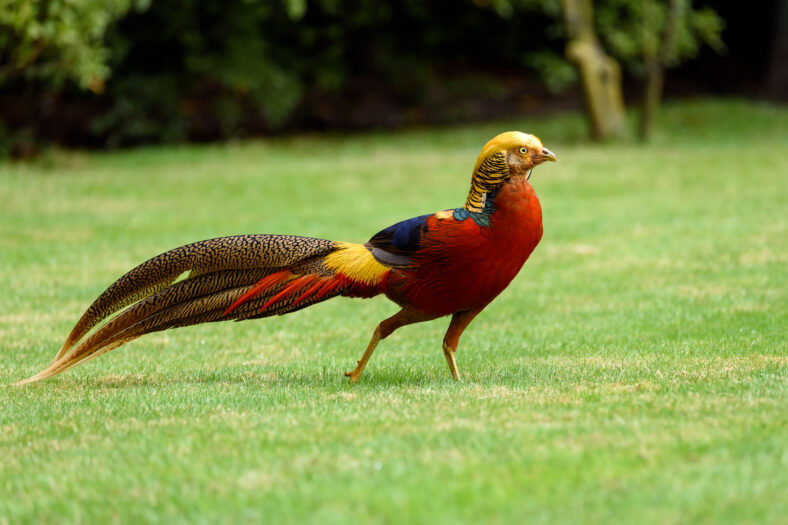
The golden pheasant, also known as the Chinese pheasant, is native to central and southern China. It is believed that seeing one will bring good luck and fortune.
Golden pheasants feature stunning colors that catch the eye. They eat berries, seeds, flowers, insects, and bamboo shoots. They can fly but aren’t very good at it, so they usually stick close to the ground.
7. Spectacled Eider
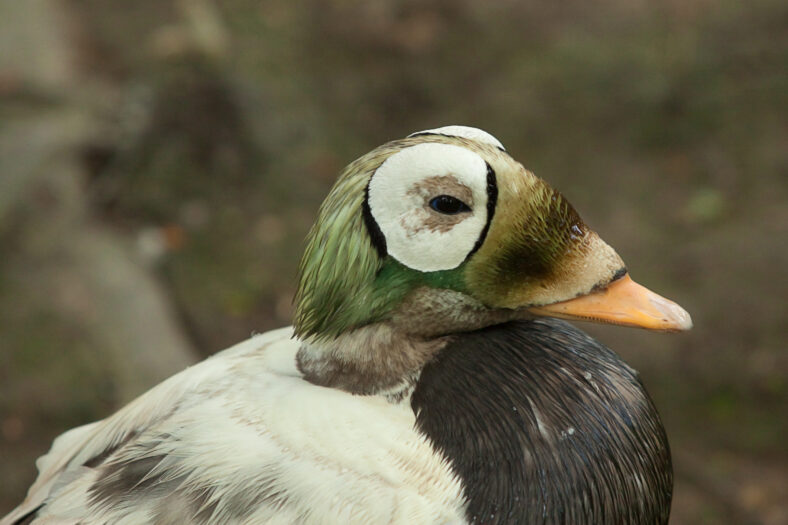
The spectacled eider is a large sea duck with a yellow-orange bill and brilliant white markings around its eyes that are outlined in black, which makes it look like it is wearing glasses.
These birds breed on the coasts of Alaska and northeastern Siberia, so they are built to withstand cold climates. Their diet is mainly mollusks, but they have been known to feast on grass and berries when summer rolls around.
More About:Animals
